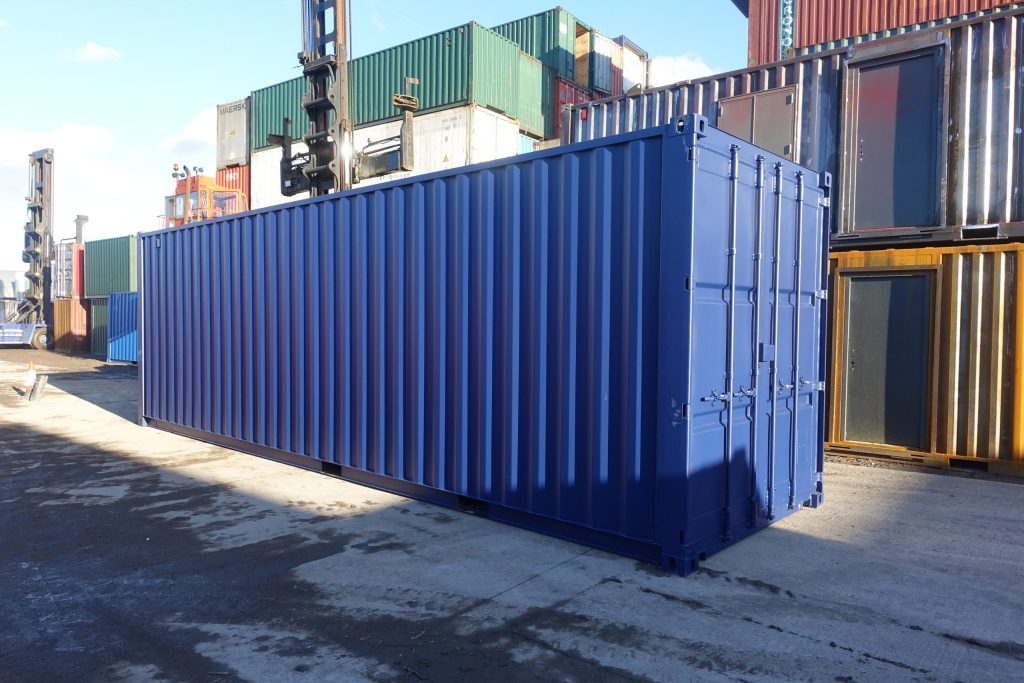5. 30 Foot Container Projects For Any Budget

Understanding 30-Foot Container Dimensions: A Comprehensive Guide
When it concerns logistics and shipping, one of the most crucial elements is understanding container dimensions. For businesses, choosing the best size can considerably impact shipping costs, storage efficiency, and total logistics technique. Amongst various container sizes, the 30-foot shipping container is a popular option for lots of. This post will explore the dimensions and specs of 30-foot containers, together with useful ideas for their proper usage.
Dimensions of a 30-Foot Shipping Container
Before diving into more information, let's detail the basic dimensions of a 30-foot shipping container in the table below:
| Measurement | Standard (in Feet) | Metric (in Meters) |
|---|---|---|
| Length | 30 ft | 9.14 m |
| Width | 8 ft | 2.44 m |
| Height | 8.5 ft | 2.59 m |
| Max Payload | 67,200 lbs | 30,000 kg |
| Interior Width | 7.7 ft | 2.34 m |
| Interior Height | 7.9 ft | 2.39 m |
| Interior Length | 29.5 ft | 8.98 m |
| Volume | 1,615 cu ft | 45.7 cu m |
Kinds Of 30-Foot Containers
30-foot containers been available in a number of setups, each with its own set of characteristics and dimensions. Comprehending them helps in making the best selection for your shipping needs.
Standard Dry Container
- Description: The most common kind of container, normally utilized for general freight.
- Dimensions: As noted in the table above.
Reefer Container
- Description: An insulated container geared up with a refrigeration unit created for disposable products.
- Dimensions: Similar to a basic dry container, but requires extra space for refrigeration equipment.
Open Top Container
- Description: A container without a solid roof, enabling high freight that can not fit through a standard entrance.
- Dimensions: While similar in general dimensions to a basic container, the upper opening can have differing sizes.
High Cube Container
- Description: A taller variation of the standard container, providing additional vertical area for taller products.
- Dimensions: 30-foot high cube containers typically have an extra foot in height.
Utilizes of 30-Foot Containers
Understanding the size and dimensions is important, however knowing how to use them efficiently is critical. Here is a list of common uses for 30-foot shipping containers:
- Small Business Storage: Ideal for little enterprises requiring additional storage area for devices.
- Mobile Offices: Can be customized to produce portable office environments.
- Pop-Up Shops: Retail companies use containers to develop momentary shops in various locations.
- Housing Solutions: Some homeowners convert them into small living spaces or guest homes.
- Exhibit Spaces: Used for trade programs, occasions, or art exhibits.
Benefits of Using a 30-Foot Shipping Container
- Affordable: Provides a balance between size and cost, making them a cost-effective option for various applications.
- Versatility: Their diverse applications make them appropriate for a wide range of industries.
- Toughness: Built from robust products, these containers can hold up against the rigors of transport and weather.
- Relieve of Mobility: Their size makes them easier to carry compared to larger containers, which can be cumbersome.
Often Asked Questions (FAQ)
1. What are the weight limitations of a 30-foot container?
The optimum payload is usually around 67,200 pounds or 30,000 kgs. Keep in mind that the total weight (consisting of container weight) need to not surpass the specified limitations set by shipping companies.
2. How COG Containers LTD can fit in a 30-foot container?
Depending on the pallet setup and the specific products being transported, you can usually fit about 10-- 12 standard pallets in a standard 30-foot container.
3. Can 30-foot containers be stacked?
Yes, shipping containers are developed to be stacked, helping with effective usage of vertical area in shipping backyards and during transport.
4. Are there any particular authorizations required for utilizing 30-foot containers?
Usage might vary by place. It's suggested to inspect regional policies concerning container positioning and use, especially for conversions into offices or stores.
5. What is the basic shipment time for a rented 30-foot container?
Delivery time can vary based on suppliers and location. Typically, occupants can expect shipment within a couple of days to a couple of weeks.
Comprehending 30-foot container dimensions is vital for businesses and individuals seeking to enhance logistics, storage, or ingenious use of the space. With different types readily available, it's necessary to choose the best container type based on specific needs. By leveraging these containers successfully, users can experience considerable advantages in regards to cost savings, adaptability, and efficiency.
In the ever-evolving landscape of shipping and storage options, a 30-foot shipping container shows to be an important property. Whether it's for company or personal usage, its dimensions and practical applications offer endless possibilities.

